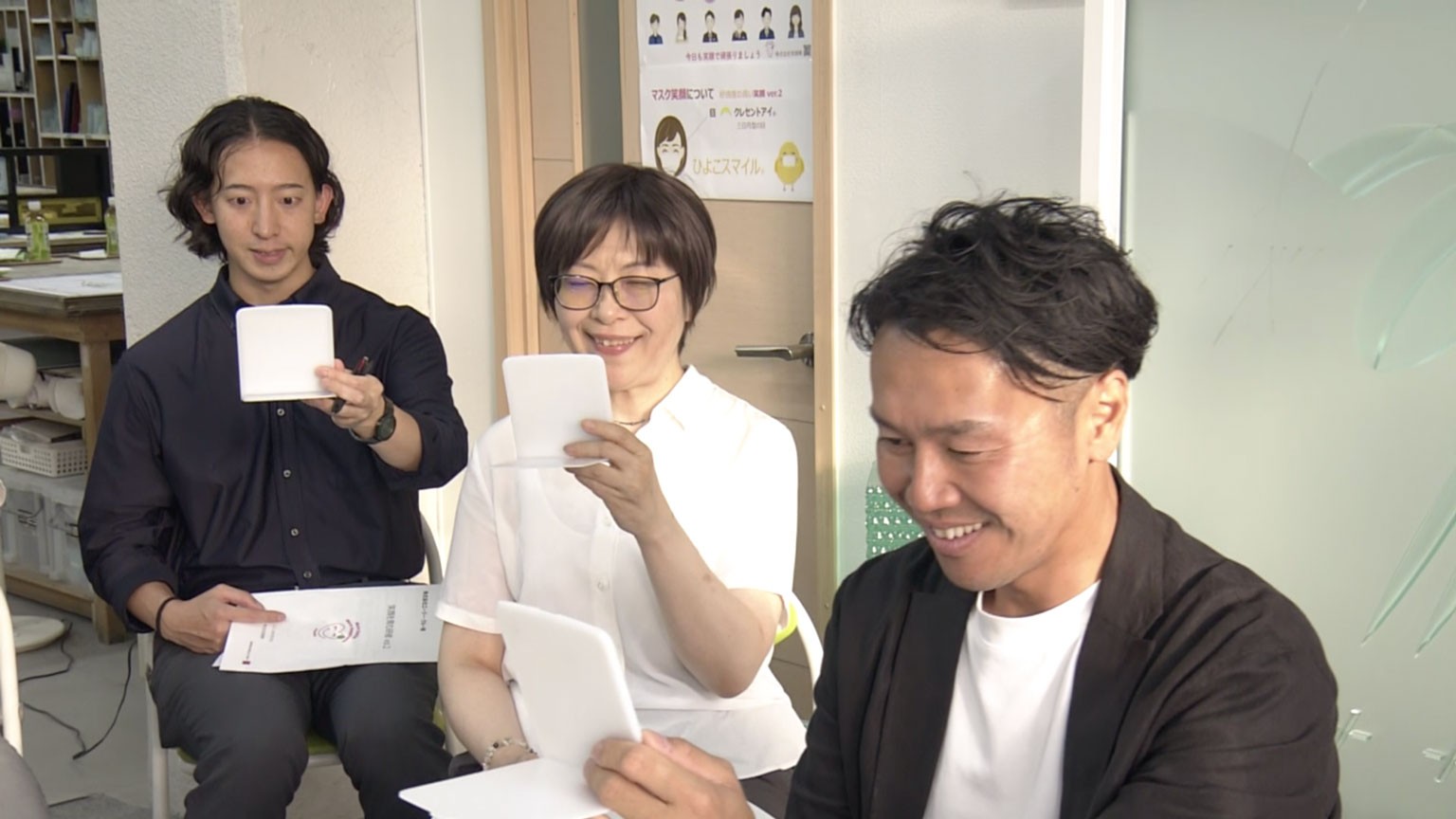"Three, two, one, start!" orders the voice coming out of her laptop's speakers.
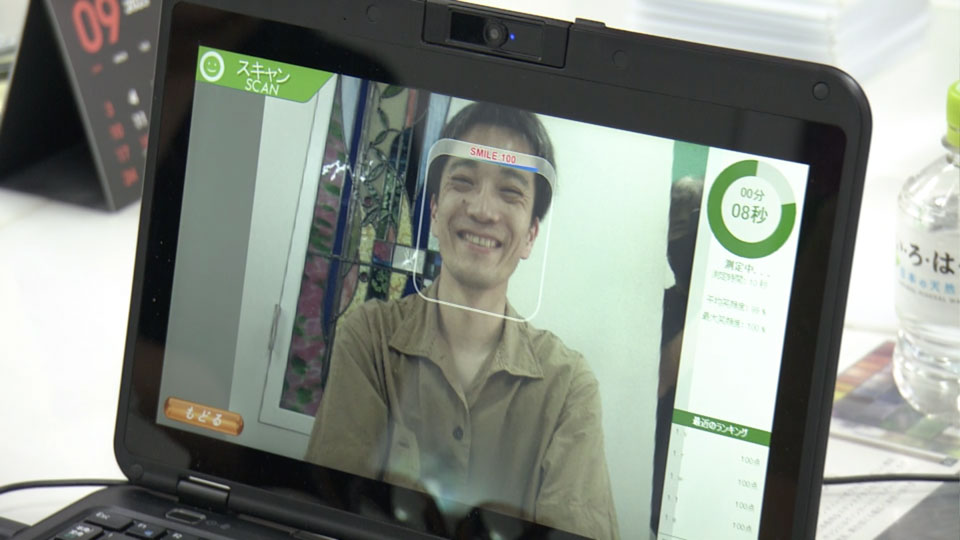
Facing the web camera is Ono Hirotsugu, one of several employees at AZ Crew, a stained-glass studio in Tokyo, taking Kawano's class on the evening of Aug. 8.
He immediately raises his cheeks, squints his eyes, and reveals his upper teeth, maintaining the expression for 10 seconds as the program analyzes his look.
The smile-measuring tool acts as a denouement of sorts for the two-hour class.
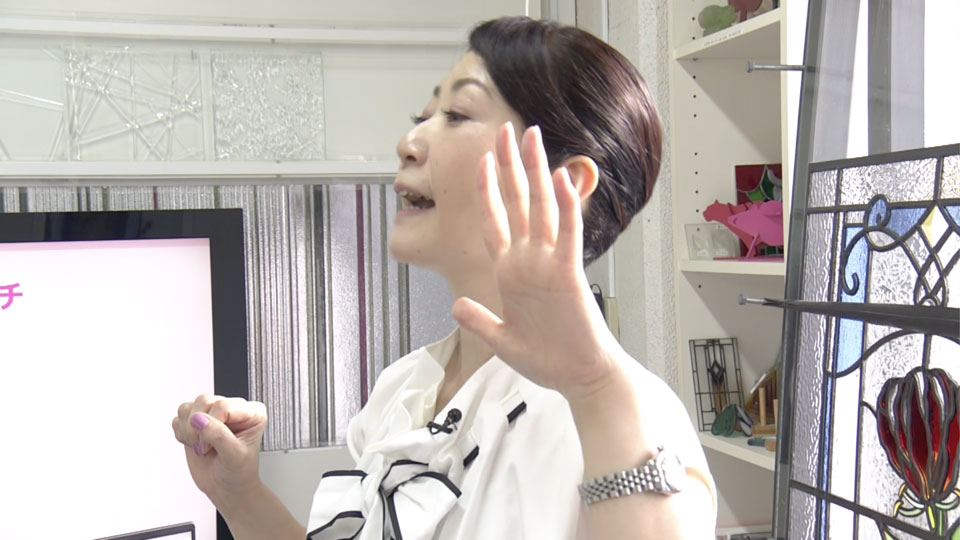
"Smiling is not to be taken for granted, but something to be nurtured and cultivated," says Kawano, CEO of Egaoiku.
Japan only relaxed its facemask guidelines in March, and she says people are struggling to get used to moving the muscles involved in smiling.
The ins and outs of smile training
Kawano has participants try out different exercises to help with that. They also learn how to pair the right grin with the right eye contact for introductions.
"We were taught to first look into their eyes, then look at the business card, and finally look into their eyes again. I think I was not very conscious of that last gesture, so from now on, I would like to be more careful," says Sato Akari, who works in sales for the studio.
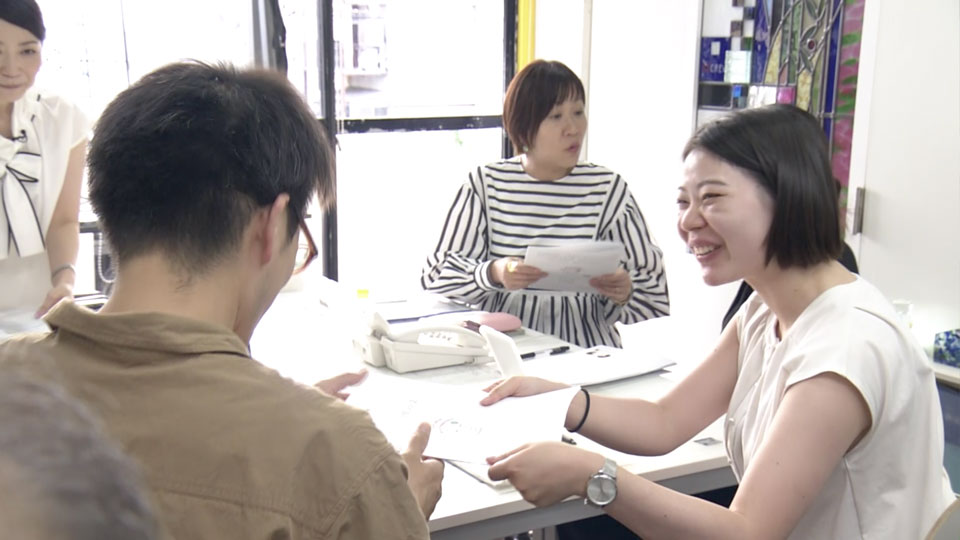
She says it was especially valuable to learn how to smile in a way that looks like she's making an "ee" sound with her mouth while hiding her bottom teeth.
Kawano teaches that by having the participants repeat vowel sounds in front of handheld mirrors.
"Oh, oh, oh," they chant, mostly in unison. "Oo, oo, oo."
Difficulty smiling inspired Kawano to learn more
The training was born out of a struggle about seven years ago. Kawano had stopped taking articulation training after retiring as a radio host.
"I started finding it difficult to smile and lift the corners of my mouth. My face was sagging. So, I began to study how the face works," she says.
That eventually led to her training others, including doctors, nursing home workers, beauticians, students, and government workers. She has taught across Japan and, via the internet, abroad.
One class in August attracted more than 800 participants.
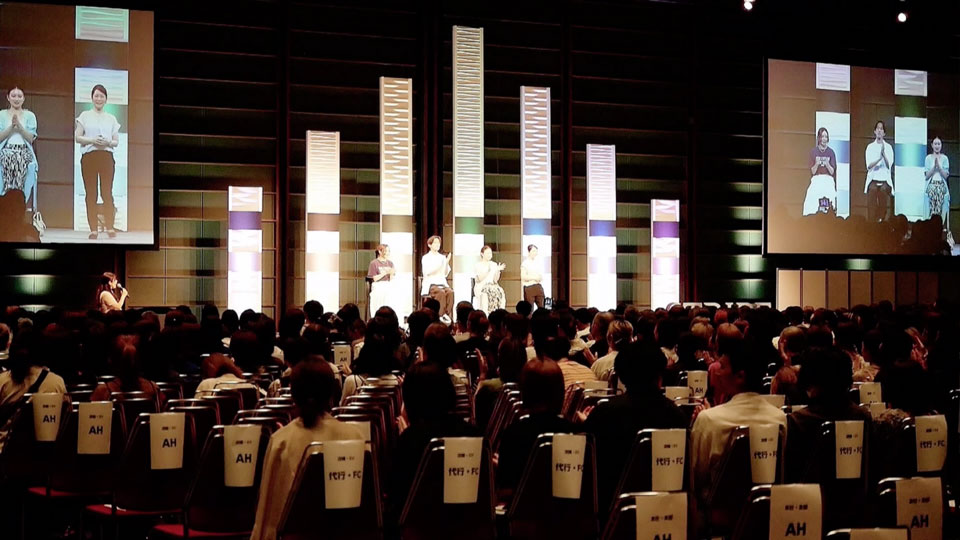
AZ Crew CEO Nishikata Mariko offered the class to her employees already once before.
"Even younger staff members who don't have a lot of job experience learned how to quickly put customers at ease just by smiling. I feel that was the biggest benefit," she said.
Benefits, risks of smiling on the job
Alicia Grandey, a professor in the industrial-organizational psychology program at Pennsylvania State University in the United States, has researched how people react to smiles.
She says employees' smiles, especially the large kind, are linked to customers' moods.
"We tend to catch other people's positive moods. When they're smiling, we smile back. It's kind of a norm of reciprocity, but it's also because there is a norm of service with a smile, so it's also just seen as good service, good performance," said Grandey.

But she says there's no evidence that smiles are related to buying more products, and there can be hidden costs.
Employees who provide service can be overworked and often aren't paid well. Grandey says being forced to smile can result in customers walking over them.
"All of that together creates this kind of perfect storm of stress within the body," she said. "When we're putting on an expression that's different than how we feel, we experience burnout when we're chronically doing that."
Smiles that appear inauthentic can also elicit negative reactions from customers, Grandey adds.
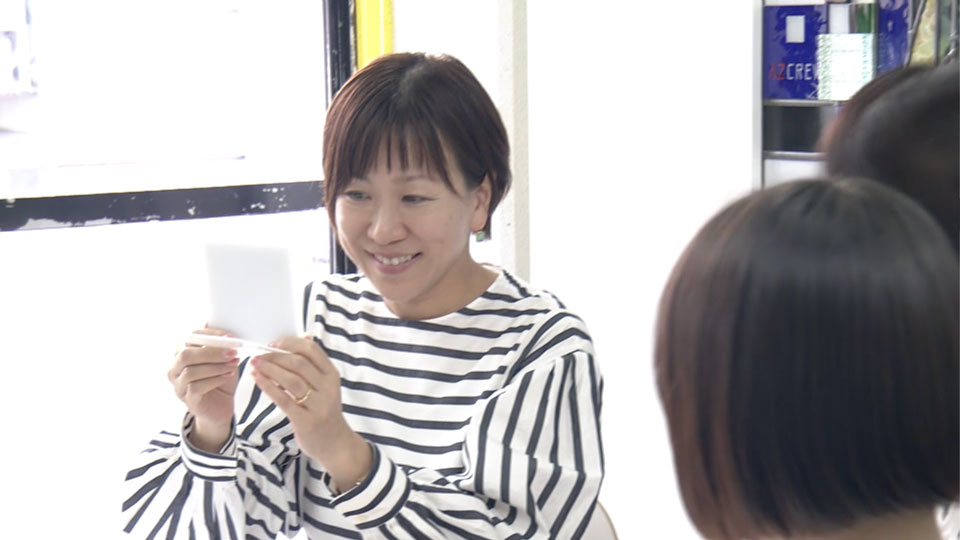
Smile scores not everything
Ono, a glass processor, says he's taking his expression more seriously now that there's no mask to hide it.
"I tended to smile in a way that looked fake. I hope to get a softer, more natural looking smile little by little," he says.
He may have already learned how to manage it.
"Fabulous! A perfect score!" Kawano says, pointing to the laptop screen shortly after it finished analyzing Ono's smile.
But marks aren't everything ― regular practice is important, she stresses.
Even if the coronavirus situation changes one day, smile exercises can continue being performed under a mask, Kawano adds.
